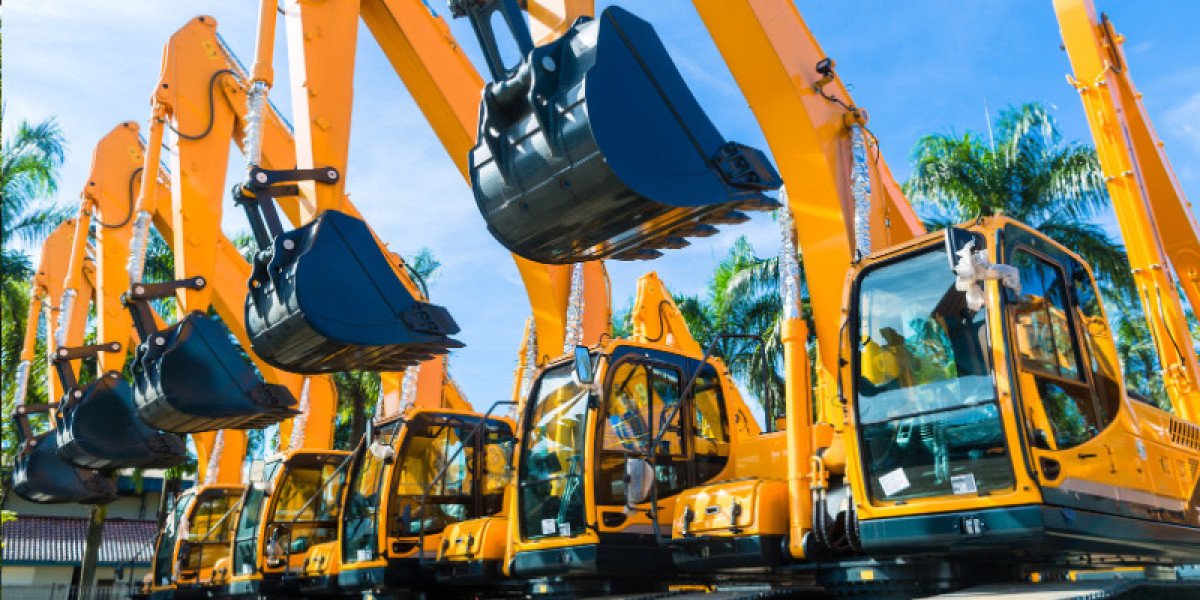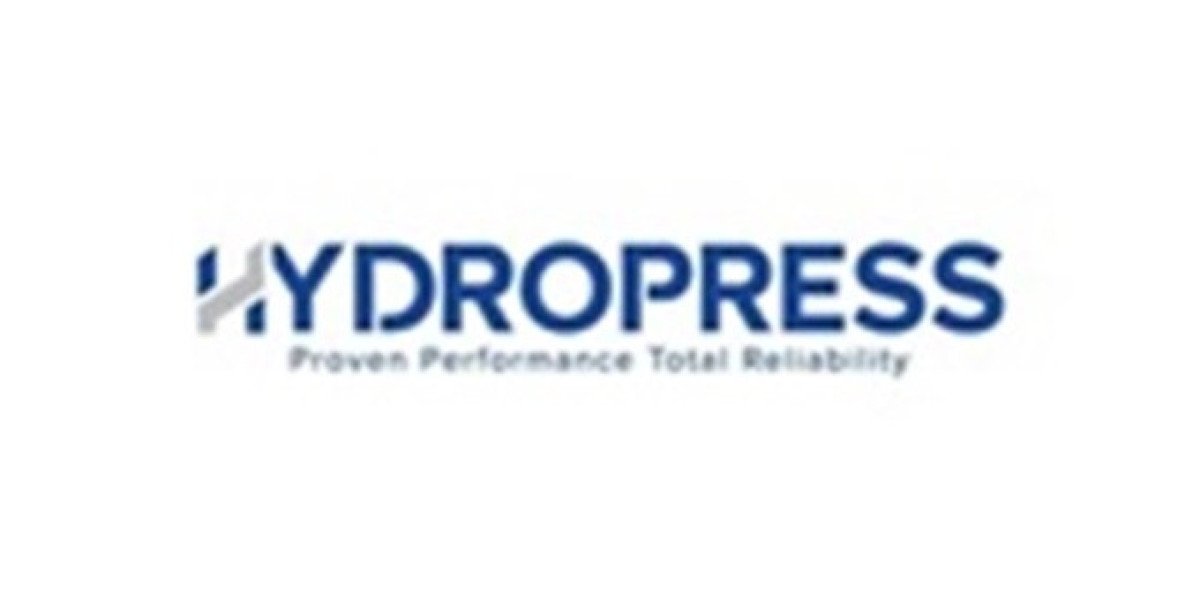The Australia construction equipment rental market is poised for significant growth in the coming years. As the construction sector continues to expand, driven by both public infrastructure projects and private sector investments, the demand for rental construction equipment is set to rise. With businesses seeking to minimize capital expenditure while maximizing operational efficiency, renting heavy machinery has become an attractive option for many construction firms in Australia.
Between 2024 and 2032, the market is expected to grow at a CAGR of 5.50%, reflecting both the booming construction sector and the increasing adoption of rental models by companies in various industries. In this article, we will explore the key factors driving the growth of the construction equipment rental market in Australia, the challenges the sector faces, and the opportunities that lie ahead for industry players.
1. Overview of the Australia Construction Equipment Rental Market
The Australian construction equipment rental market is characterized by the leasing of heavy machinery such as excavators, cranes, bulldozers, loaders, and forklifts to construction firms, contractors, and infrastructure developers. The rental model allows construction companies to access a wide range of high-quality equipment without the hefty upfront investment.
Key Statistics:
- Market Size (2023): The Australian construction equipment rental market is valued at approximately AUD 4.75 billion in 2023.
- Market Growth: The market is expected to grow at a CAGR of 5.50% from 2024 to 2032, reaching AUD 8.25 billion by 2032.
- Key Players: Major players in the market include companies like Coates Hire, One Steel, Ahern Rentals, and Caterpillar. These companies provide a broad range of rental solutions across different regions in Australia.
2. Key Factors Driving Market Growth
The growth of the Australian construction equipment rental market is influenced by several key drivers, which include the increasing demand for infrastructure development, cost-efficiency considerations, technological advancements, and environmental concerns.
a) Infrastructure Development and Construction Boom
Australia’s infrastructure development, fueled by both government and private investments, is a significant driver of the construction equipment rental market. Ongoing projects such as the Sydney Metro, Western Sydney Airport, and road and highway expansion programs require heavy machinery and construction equipment. As infrastructure projects become more complex, construction companies prefer renting equipment rather than committing to long-term investments in expensive machinery that may not be needed for every project.
Additionally, large-scale projects like the Queensland High-Speed Rail and the Melbourne Metro Tunnel require high-quality and specialized equipment. These projects drive up the demand for various construction equipment, particularly for short-term rental purposes, making the rental model more attractive.
b) Cost-Effectiveness and Financial Flexibility
For many construction companies, purchasing new equipment is a large capital investment that can strain cash flow and financial resources. Renting construction equipment provides a more flexible, cost-effective solution. It eliminates the need for significant upfront costs and the ongoing maintenance expenses associated with owning machinery. This flexibility allows businesses to allocate funds toward other essential project needs such as labor, materials, or research and development.
Maintenance and repair costs are often included in rental agreements, further reducing the financial burden on construction firms. By renting equipment, companies can avoid long-term depreciation and take advantage of state-of-the-art machinery without bearing the entire capital cost.
c) Technological Advancements in Equipment
The construction equipment rental market is witnessing significant technological advancements that are increasing the efficiency and productivity of machines. The inclusion of GPS tracking, telematics, and advanced diagnostic tools in construction equipment provides real-time insights into machine performance, location, and condition. This not only improves operational efficiency but also reduces downtime and maintenance costs for rental businesses.
As technology becomes more integrated into construction equipment, the market is seeing the introduction of automated machinery and electric-powered equipment. These innovations are further driving the demand for rentals, particularly in urban areas where there are increasing regulations around emissions and noise pollution.
d) Short-Term and Specialized Equipment Demand
As construction projects become more specialized, the need for highly specific types of equipment increases. Some projects require equipment that is not frequently used, making renting more cost-effective compared to purchasing. Construction firms are renting specialized equipment like hydraulic breakers, mobile cranes, and earthmoving machinery for specific tasks.
The trend toward short-term rentals is gaining momentum in the construction industry, particularly for one-off or short-duration projects. This allows firms to avoid investing in equipment they will only use occasionally, instead opting to rent machinery as needed.
e) Urbanization and Commercial Construction
Urbanization is another key factor contributing to the growth of the construction equipment rental market. The increasing demand for residential, commercial, and mixed-use developments in major cities like Sydney, Melbourne, and Brisbane is driving demand for construction machinery. High-rise buildings, office complexes, and large retail developments require specialized construction equipment, making rental solutions an ideal choice for developers and contractors working on such projects.
3. Market Segmentation: Types of Equipment Rentals
The Australian construction equipment rental market is segmented based on the type of equipment rented, the duration of rental, and the application areas.
a) By Type of Equipment
Earthmoving Equipment: This segment includes excavators, bulldozers, skid steer loaders, and backhoes. Earthmoving equipment is crucial for tasks like site preparation, grading, and excavation, making it one of the most in-demand rental categories in the Australian construction market.
Material Handling Equipment: Equipment such as forklifts, cranes, and conveyors fall under this category. Material handling equipment is essential for moving and placing heavy loads across construction sites.
Construction Vehicles: This includes trucks, dumpers, trailers, and road rollers. These vehicles are needed to transport materials, machinery, and waste within construction sites.
Power Tools and Generators: Power tools, welding machines, and generators are often rented for short-term projects, especially in commercial and residential construction.
b) By Duration of Rental
Short-Term Rentals: Typically lasting a few days or weeks, these rentals are preferred for small projects or specific tasks. Short-term rentals are more common in commercial construction or infrastructure maintenance.
Long-Term Rentals: These can span several months or even years. Large-scale construction projects, such as highway construction or residential developments, often require long-term rentals.
c) By Application
Residential Construction: Builders and contractors working on residential projects often rent equipment to manage costs. Earthmoving equipment, power tools, and material handling machines are in high demand in this segment.
Commercial Construction: Developers and contractors involved in commercial projects—such as office buildings, retail spaces, and warehouses—frequently rent cranes, generators, and earthmoving machinery.
Infrastructure Projects: Large-scale infrastructure projects, including roads, bridges, and railways, often demand highly specialized machinery and rental equipment.
4. Challenges in the Australia Construction Equipment Rental Market
While the market is expected to grow steadily, there are several challenges that stakeholders in the rental sector must contend with.
a) Equipment Maintenance and Downtime
Maintenance is a major challenge for rental companies. Construction equipment needs to be in optimal condition to ensure productivity and safety. Downtime due to machinery breakdowns can disrupt projects and lead to additional costs for both rental companies and construction firms. Investing in regular maintenance and implementing predictive maintenance strategies will be critical for addressing this challenge.
b) Increased Competition
The construction equipment rental market in Australia is highly competitive, with a wide range of local and international players. Companies must differentiate themselves through customer service, innovative pricing models, and the quality and range of equipment they offer. Large players like Coates Hire dominate the market, but smaller regional players are gaining traction by offering more specialized equipment and localized service.
c) Fluctuating Demand
The demand for construction equipment rentals can be cyclical, influenced by broader economic factors such as construction industry growth, interest rates, and government spending. Rental companies need to manage this fluctuation effectively to avoid overcapacity or underutilization of their fleets.
5. Future Outlook for the Construction Equipment Rental Market
Looking ahead, the Australian construction equipment rental market is set to experience significant growth. The sector will continue to benefit from several key drivers, including infrastructure development, technological advancements in machinery, and the increasing adoption of rental models by construction firms.
6. The Role of Digital Transformation in the Equipment Rental Market
As the construction industry becomes more digitized, digital platforms and software solutions are transforming the construction equipment rental market in Australia. Rental companies are increasingly adopting online rental platforms, mobile apps, and IoT technology to streamline operations and enhance customer experience. Here’s a deeper dive into how technology is shaping the industry:
a) Online Platforms for Easy Rental Booking
Construction firms are now able to browse, book, and manage rental equipment through dedicated websites or apps. These platforms allow customers to search for equipment based on their specific project needs, location, and budget. Companies like Coates Hire and Kennards Hire have already made significant strides in integrating digital solutions, providing customers with 24/7 access to their rental inventory.
b) Telematics for Real-Time Equipment Monitoring
The integration of telematics—a technology that combines telecommunications and monitoring systems—has transformed how construction rental businesses operate. Telematics systems allow for real-time equipment tracking, remote diagnostics, and predictive maintenance. This reduces downtime, enhances operational efficiency, and lowers maintenance costs.
Rental companies can track how often a machine is being used, how much fuel it consumes, and whether it requires servicing. This technology also allows construction firms to monitor the health of their rented equipment, ensuring that they always have reliable machines on-site.







